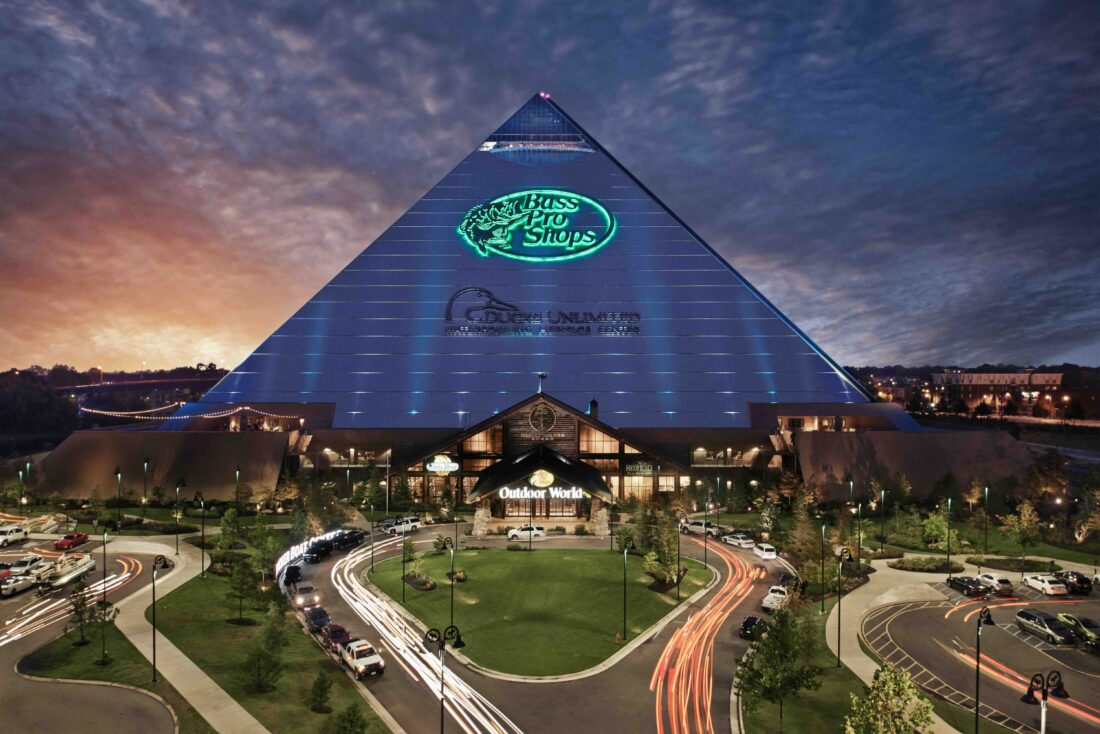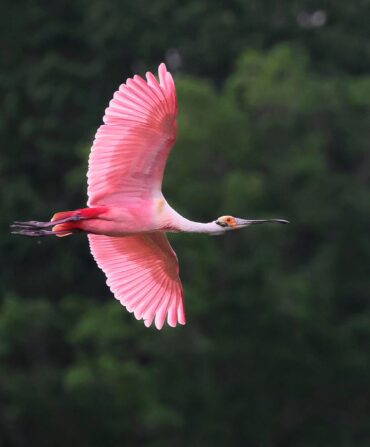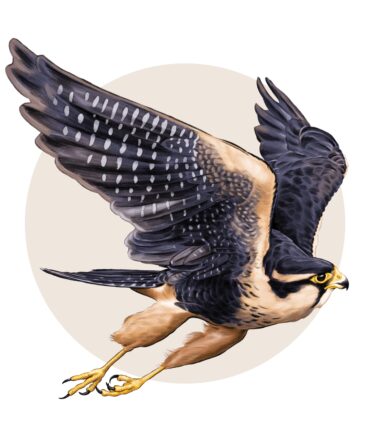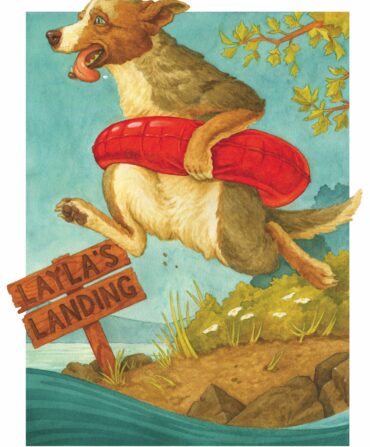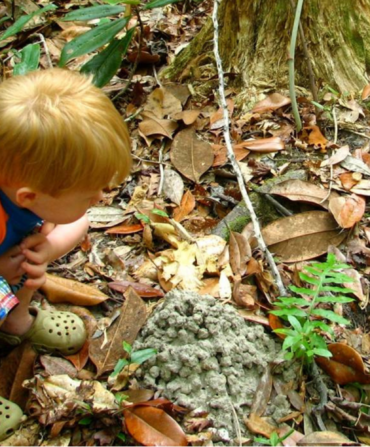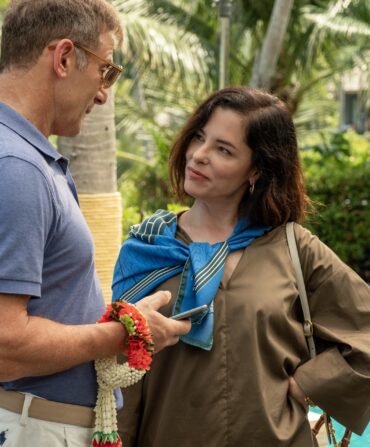Every time I’ve visited my old hometown of Memphis over the past decade, family and friends have made a point to suggest that I take my kids to see the Bass Pro Shops at the Pyramid. The more they insisted, the more I resisted, for what I considered good reason: Our vacation itinerary was already packed with stops at Graceland, Beale Street, Jerry’s Sno Cones, the National Civil Rights Museum, and the wonderful Memphis Zoo—and frankly, we weren’t in need of any deer scent or camo waders.
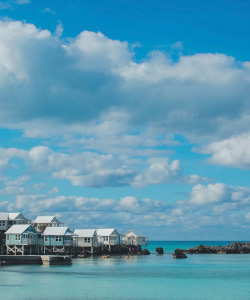
To catch up non-Memphians, the Pyramid is a thirty-two-story, steel-sided, actual pyramid constructed next to the Mississippi River as a sports and entertainment arena in 1991. It was a big deal for the city, hosting University of Memphis basketball games, pro wrestling events, concerts, conventions, and even the hugely hyped 2002 Mike Tyson vs. Lennox Lewis boxing match. But a big reason for the Pyramid’s existence was to help lure an NBA franchise, and—whoops!—it wasn’t quite up to the league’s snooty standards. So when the Grizzlies relocated from Vancouver to Memphis, a second downtown arena, the sleek FedEx Forum, debuted in 2004, and the Pyramid went dark.
That is, until Bass Pro Shops founder and chief daydreamer Johnny Morris decided it was the perfect place for a megastore. While Memphians scratched their heads, Morris inked a deal with the city and undertook a multiyear retrofit to pound a retail square peg into a pyramid hole. The result, which celebrates its tenth anniversary this month, is the world’s largest Bass Pro Shops location. The retail floor is sprawling, and with 535,000 square feet to play with, the reborn complex also includes restaurants, pistol and archery ranges, a bowling alley, aquariums, a spa, and a full-on mock cypress swamp. Basically, it’s Dollywood for outdoorsmen.
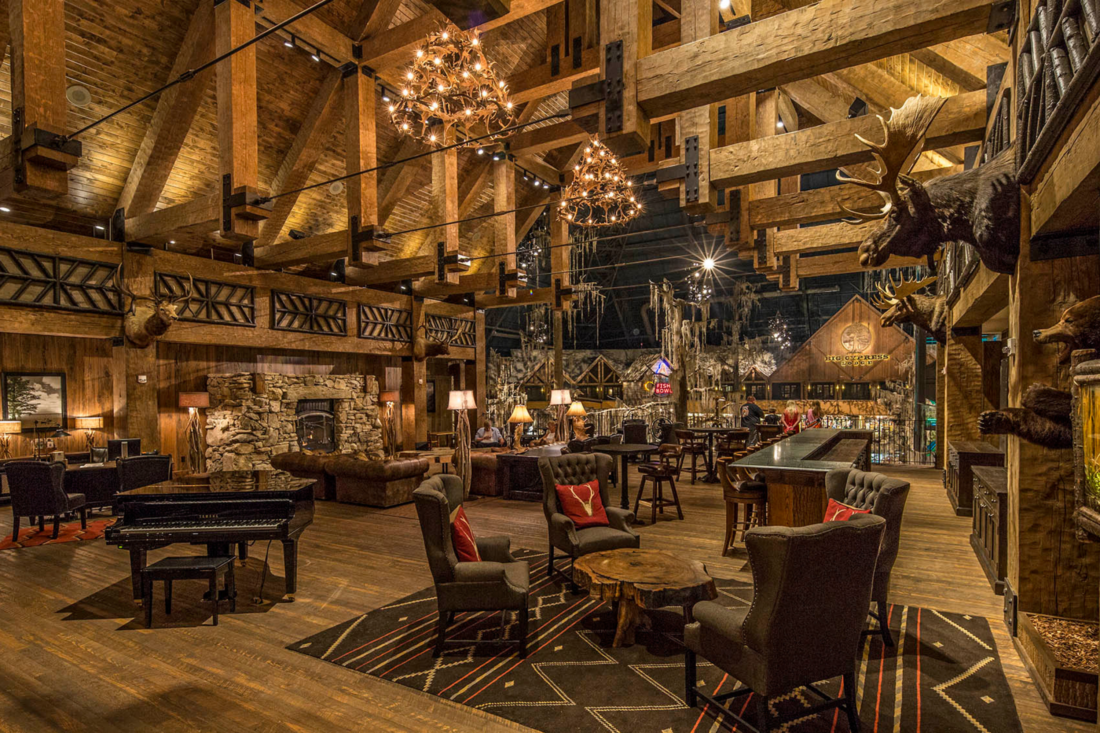
I absorbed all this from perusing the website, because with the weather forecast for our recent Memphis trip looking too gloomy for some of our usual activities, my opposition to the BPS Pyramid experience was ebbing. That’s where I saw that the thing even incorporates a hundred-room hotel and decided to go all-in—we’d spend the night inside a Bass Pro Shop.
The kids were surprised, amused, and ready to post ironic selfies as we drove up Bass Pro Shop Drive, left our car with a valet at the base of the hulking pyramid, and checked into Big Cypress Lodge. Our room, all faux-cabin rustic elegance, was certainly comfy, but the big attraction was the balcony. From that vantage point, I could discern how the two-story lodge formed a ring around the structure’s interior perimeter, with the three-sided Pyramid ceiling stretching upward and the massive sales floor serving as a de facto courtyard. As I sized up where I thought the stage for concerts used to be, a dash of déjà vu told me that our room was right around the location of my seat for a 1995 R.E.M. show.

The kids were more impressed with our view of the ersatz cypress swamp with its hanging moss, floor-model bass boats tied to a floating dock, and directly below us, an expansive “lake” in which catfish, gar, and pale, six-foot sturgeon swam lazily about. Indeed, the BPS Pyramid’s multiple water features host thirty-six fish species, as well as ducks and alligators, in 600,000 gallons of water.
Dinner at the Lookout restaurant, situated near the Pyramid’s apex, meant riding the country’s tallest freestanding elevator up from the center of the sales floor. As we rose, the recorded voice of TV fishing show legend Bill Dance told us the (possibly apocryphal) story of how his pal Morris made up his mind to pursue the Pyramid conversion upon the lucky omen of them yanking a thirty-pound catfish out of the Mississippi. The folksy anecdote reached its conclusion at the same moment the elevator reached the top.
Outside the steeply sloping south face of the restaurant, a glass-floored observation deck affords as prime a view of downtown Memphis and the river as ever I’ve beheld. Even the big trucks on nearby Hernando de Soto Bridge looked good as they rolled under the distinctively M-shaped, blue-lit arches on their way to Arkansas. After dinner and back downstairs, we squeezed in a few frames in the ocean-muraled, thirteen-lane bowling alley called, yes, Fishbowl before heading to our room. Checking the view from the balcony again before turning in, we proposed that the Pyramid should use its ample, soaring ceiling to simulate the rising and setting sun.
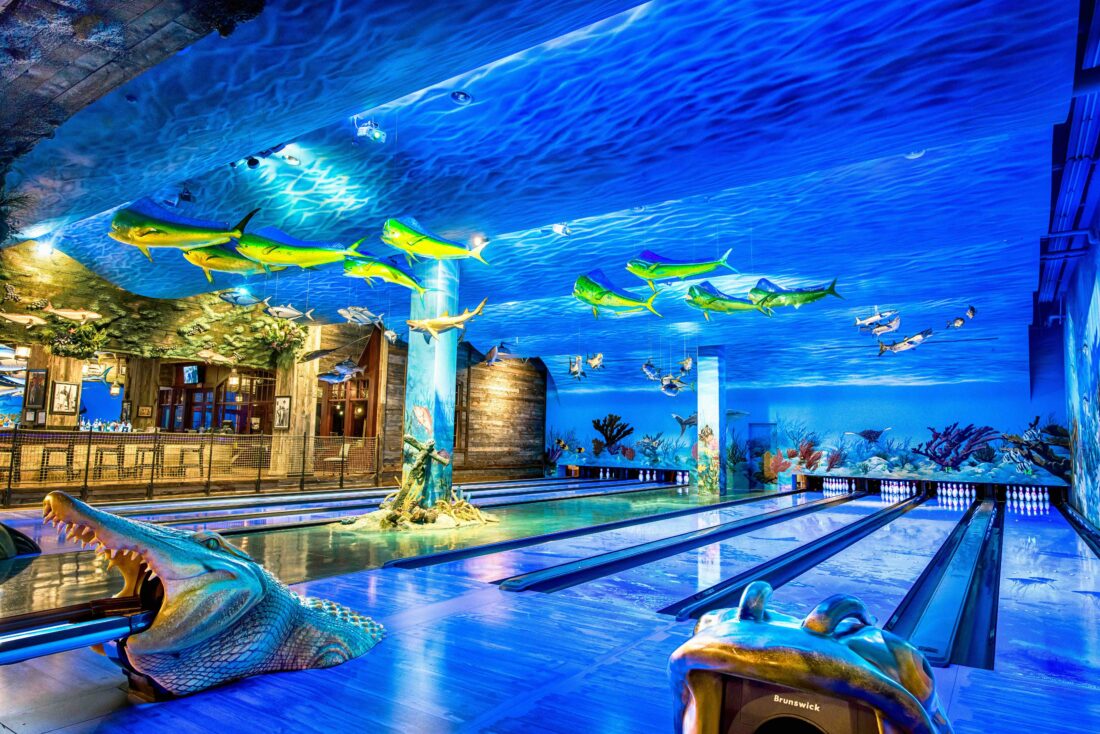
I tend to wake up at least half a morning before my kids struggle out of bed, so I was thankful for the 6:00 a.m. start to the breakfast buffet served in the hotel’s third-floor lounge, made to look like a hunting lodge great room. As other early risers wandered in for coffee, the glassy eyes of taxidermied elk and moose watched me eat a second helping of cheese grits and catch up on work emails. Later in the morning, we climbed a flight of stairs from the sales floor to the Ducks Unlimited Waterfowling Heritage Center, a sort of boutique museum that displays artifacts from the organization’s history and duck-hunting culture. I’d never seen an actual punt gun—an oversized, boat-mounted shotgun once used to blast scores of ducks over the Chesapeake Bay—and my son was impressed by the craftmanship and incredible realism of decorative decoys on display by world-champion Louisiana carver Jett Brunet.
With checkout time approaching, the kids needed souvenirs of our stay. It took my son thirty seconds to pluck a hunter-orange trucker hat emblazoned with the traditional Bass Pro Shops logo from the bargain bin, while nearly an hour was required for my daughter to agonize between two more fashion-forward pink caps. Then, all boxes checked, it was back out into the real world. Our overnight in the BPS Pyramid hadn’t exactly transformed us into deep-woods sportsmen—but it did make us appreciate what we’d been missing all these years.


